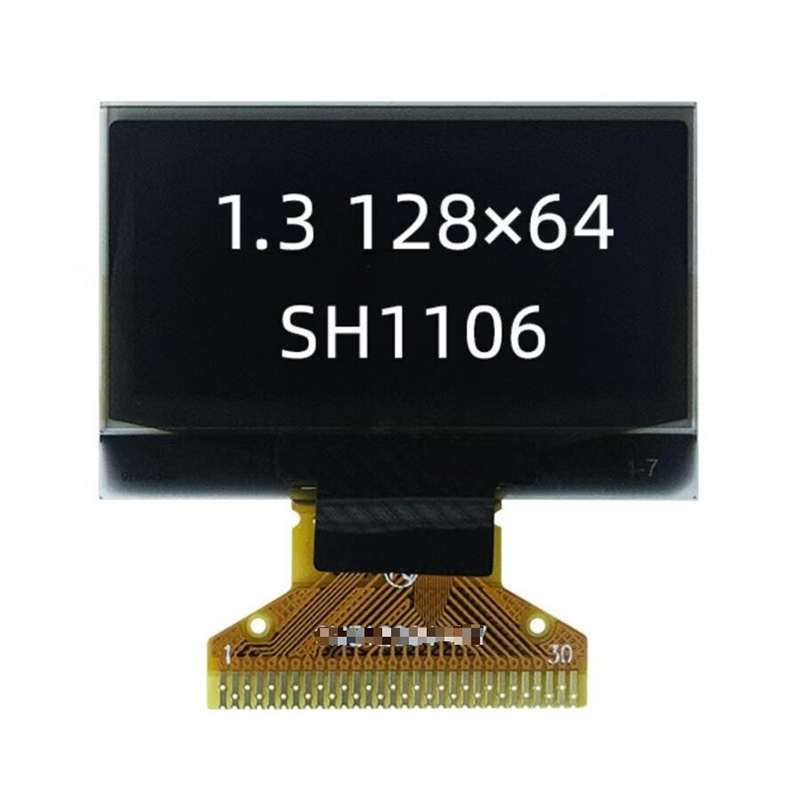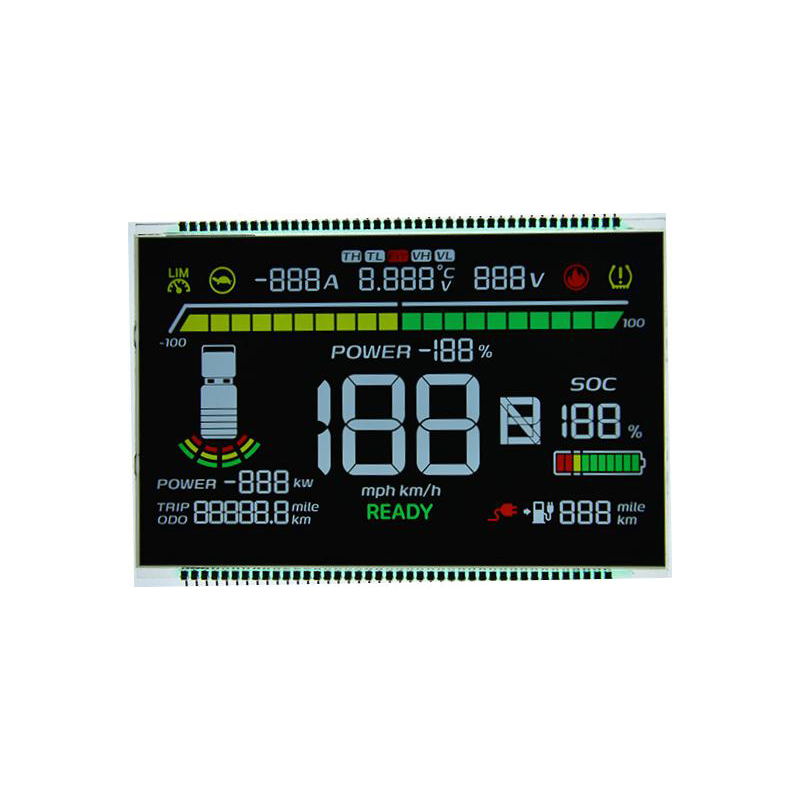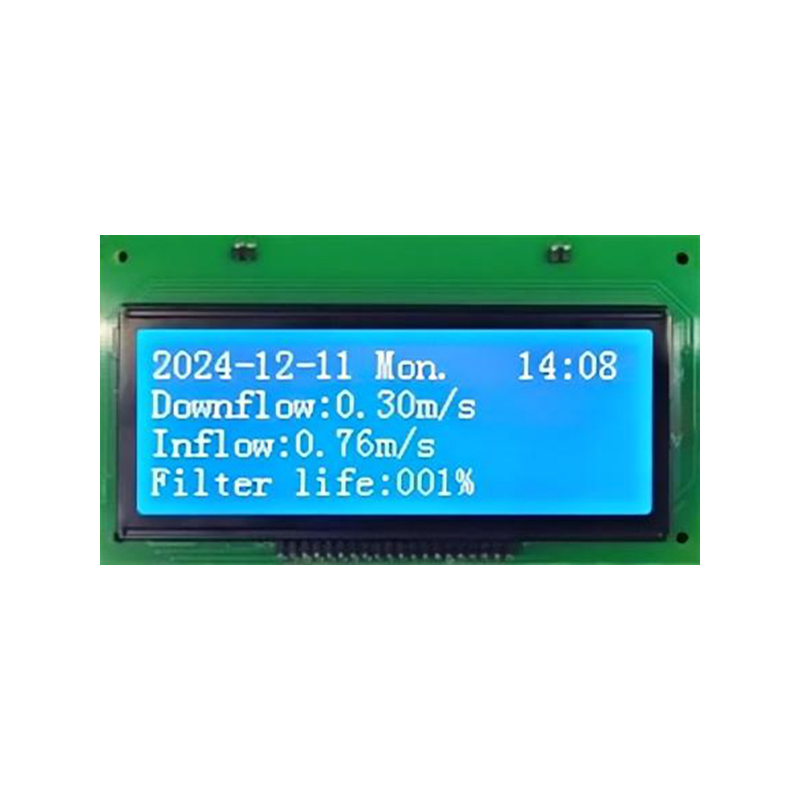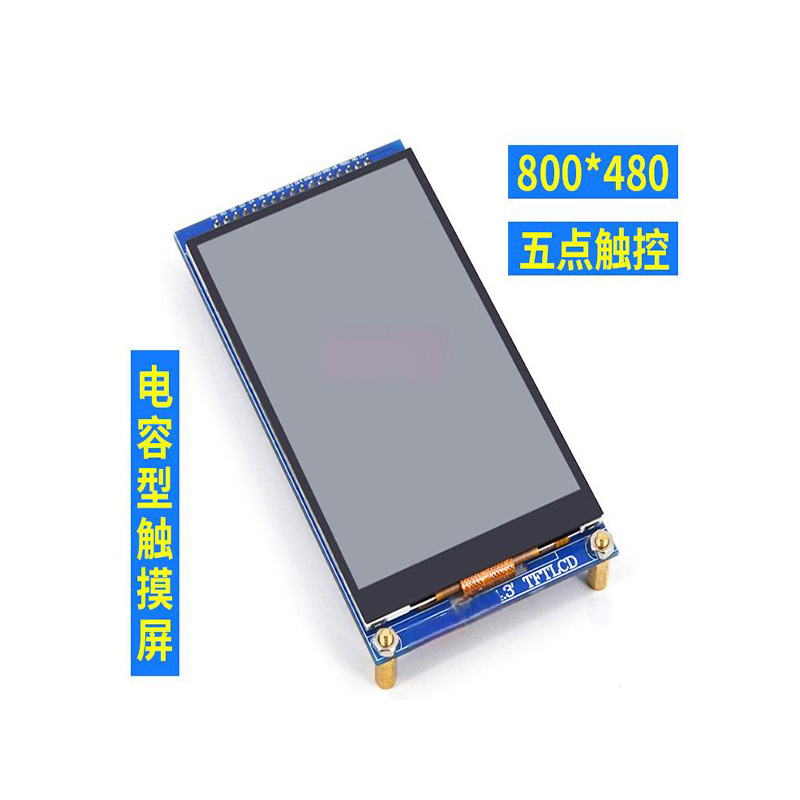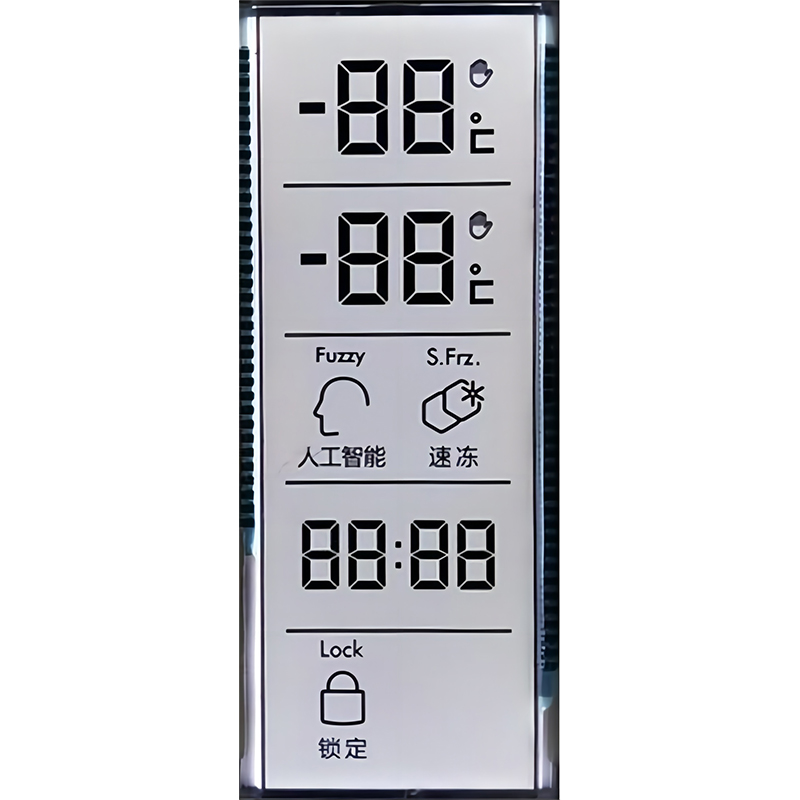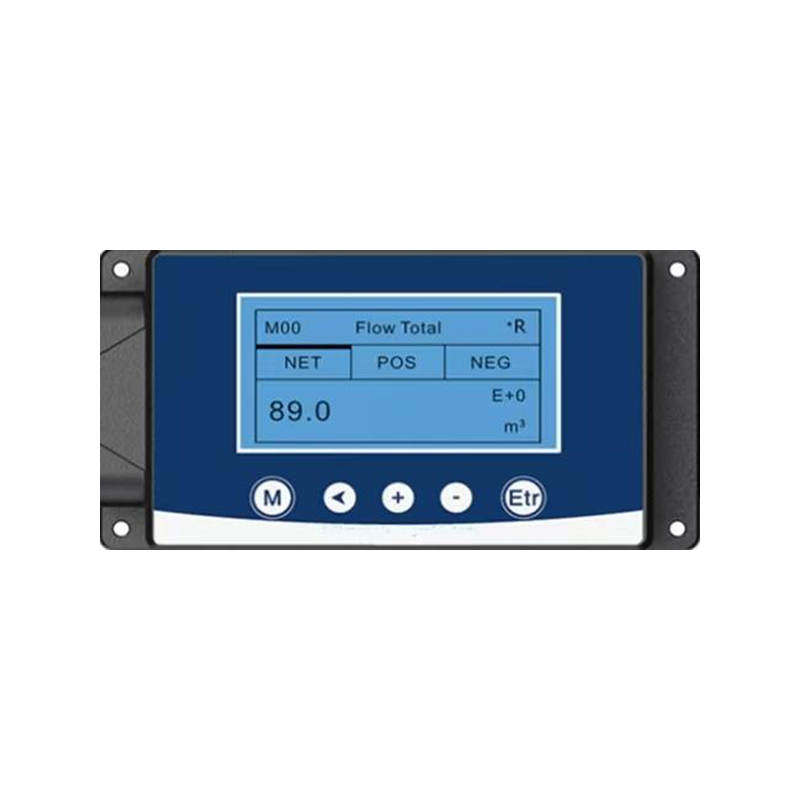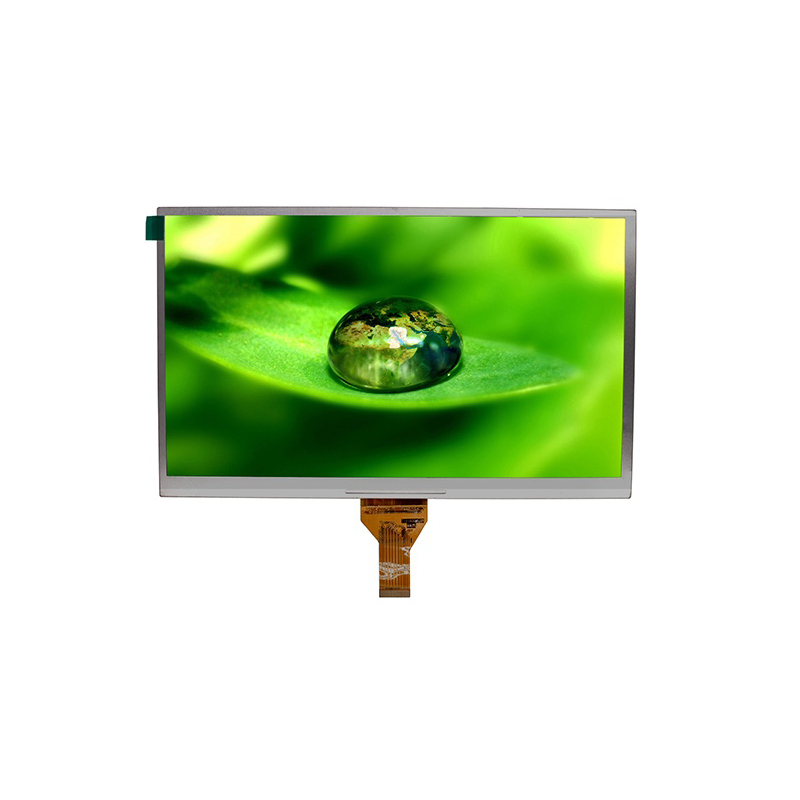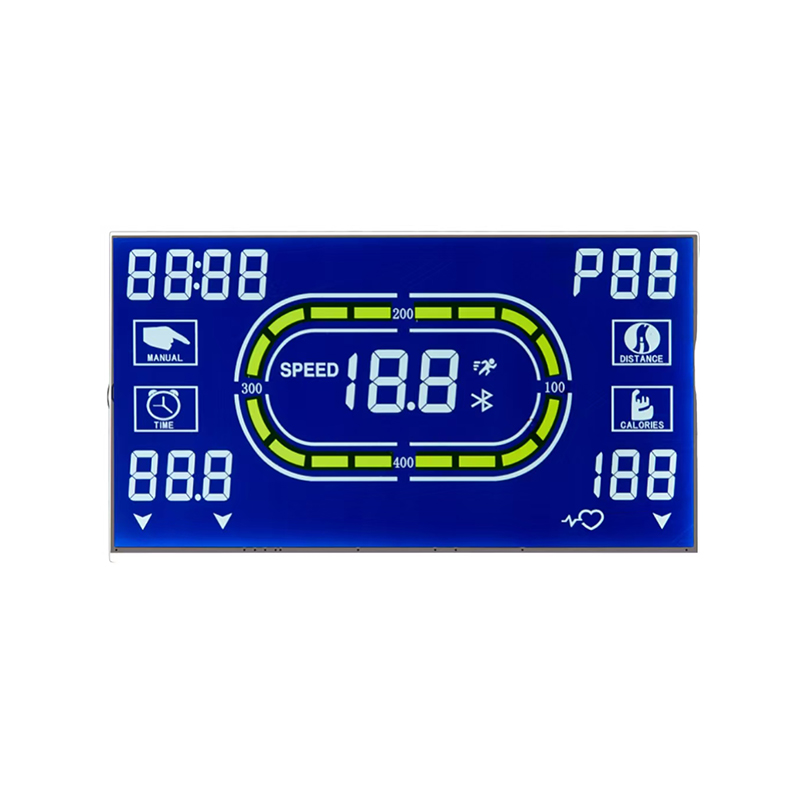
This comprehensive guide explores the world of SPI TFT displays, covering their functionalities, applications, and selection criteria. We’ll delve into the technical aspects, helping you understand how to choose the perfect display for your project, regardless of its complexity. Learn about key specifications, common applications, and troubleshooting tips to ensure a smooth integration process.
A SPI TFT display is a type of liquid crystal display (LCD) that uses the Serial Peripheral Interface (SPI) communication protocol. This protocol allows for easy and efficient communication between a microcontroller and the display, making it a popular choice for various embedded systems. Unlike parallel interfaces, SPI requires fewer pins, simplifying the design and reducing the cost. The TFT stands for Thin-Film Transistor, a technology that enables individual pixel control, resulting in high-quality images with vibrant colors and sharp details.
Several key specifications must be considered when choosing a SPI TFT display. These include:
The resolution (measured in pixels, e.g., 320x240) determines the image clarity, while the size (measured diagonally in inches) influences the physical dimensions. Higher resolutions generally provide sharper images, but also require more processing power.
Most SPI TFT displays use the SPI protocol, but the specific controller chip can vary. This controller dictates the communication method and capabilities of the display. Understanding the controller's specifications is crucial for proper integration.
Color depth refers to the number of bits used to represent each color. Higher color depths (e.g., 16-bit, 18-bit, or 24-bit) result in a richer color palette. The display type, such as IPS (In-Plane Switching) or TN (Twisted Nematic), impacts viewing angles and color accuracy.
The backlight type (e.g., LED) and its brightness affect the display's visibility in different lighting conditions. Power consumption is a critical consideration for battery-powered devices.
SPI TFT displays find extensive applications in various fields:
Selecting the appropriate SPI TFT display involves careful consideration of your project's specific requirements. Factors like budget, resolution needs, power consumption constraints, and desired features all play a crucial role.
Sometimes, integrating a SPI TFT display can present challenges. Common issues include incorrect wiring, incompatible drivers, and communication errors. Thorough testing and debugging are essential to overcome these obstacles.
For high-quality SPI TFT displays and excellent customer support, consider exploring options from reputable suppliers like Dalian Eastern Display Co., Ltd.. They offer a wide range of displays to suit diverse project needs.
| Feature | Option A | Option B |
|---|---|---|
| Resolution | 320x240 | 800x480 |
| Size | 2.4 inches | 7 inches |
| Color Depth | 16-bit | 24-bit |
Remember to always consult the datasheets and documentation provided by the manufacturer for detailed specifications and integration instructions for your chosen SPI TFT display.

